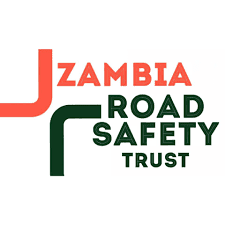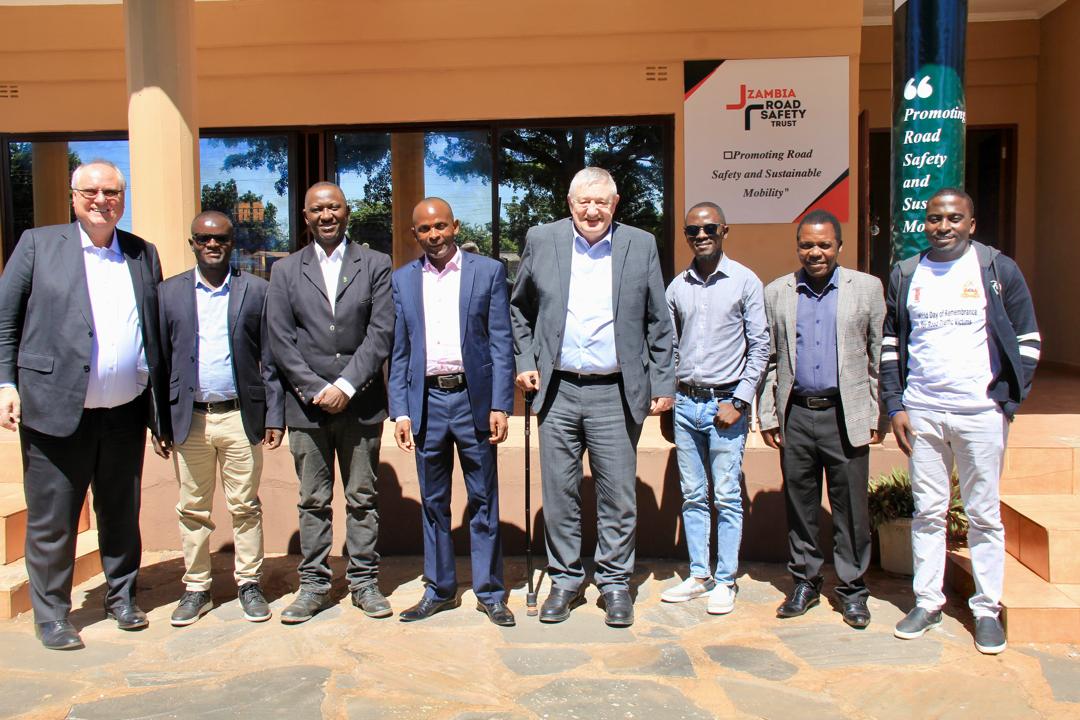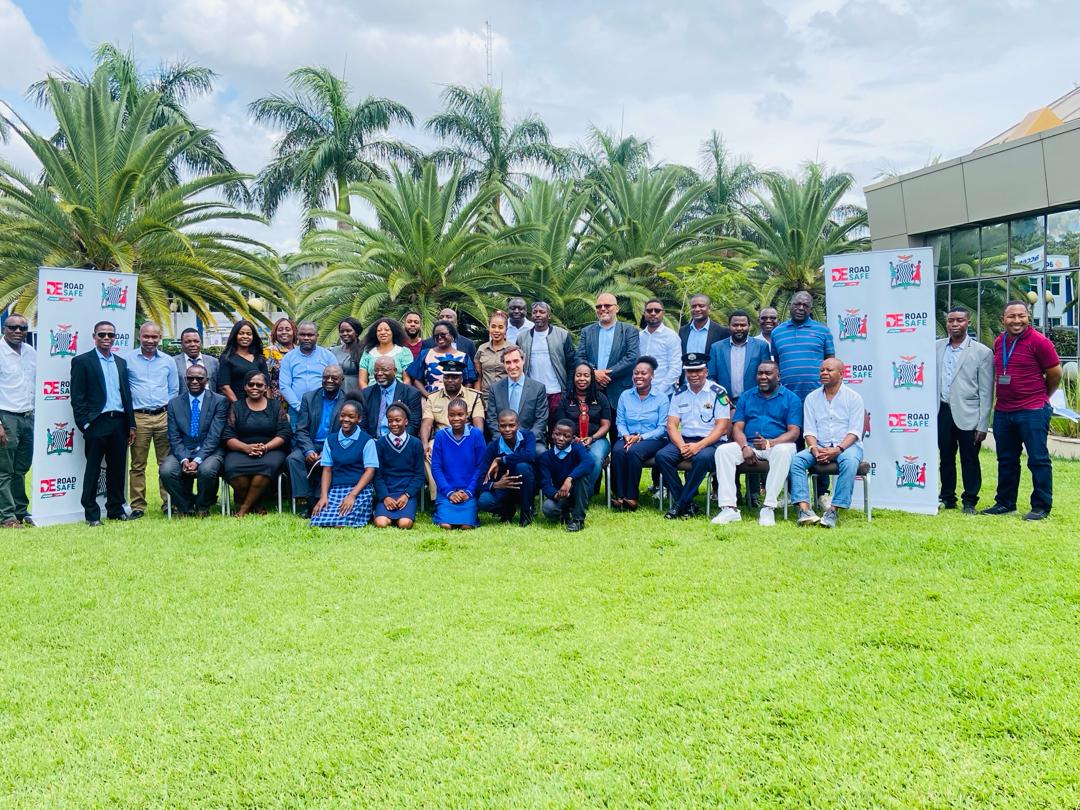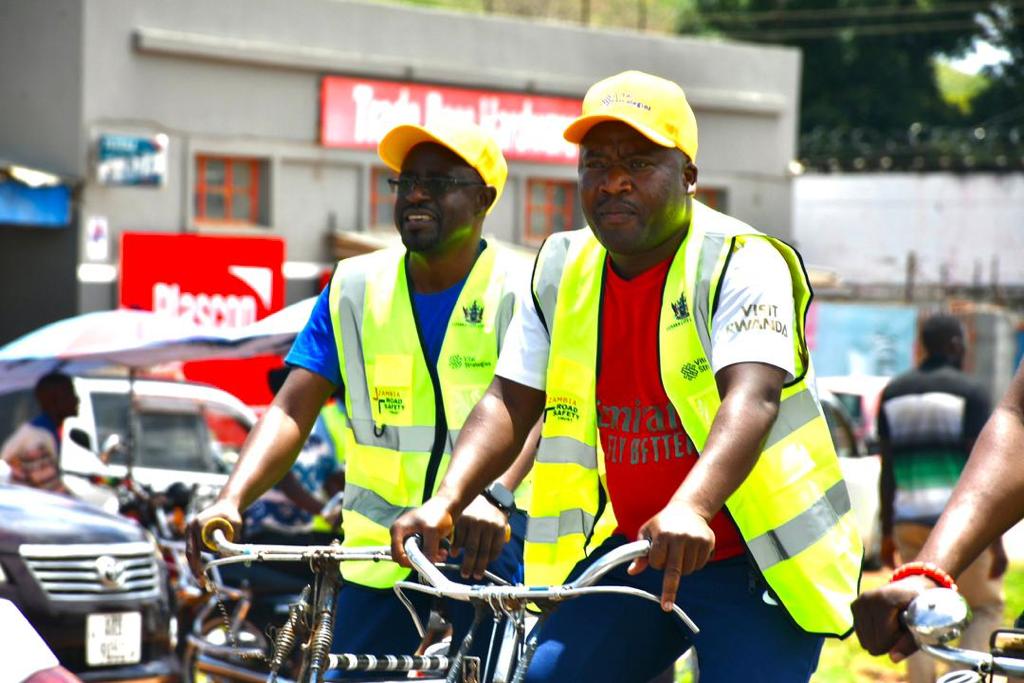The Zambia Road Safety Trust (ZRST) is concerned about the impact of road traffic on children. About 1550 children were in 2014 killed or injured in road traffic, hence our support for Lusaka Mayor Miles Bwalya Sampa, intention to reduce speeds limits in all schools from the widespread 40 km/h to 30 km/h.
Our support focuses on the impact of inappropriate and illegal speed on children, and on the key measures needed to tackle road pandemic in the country.
There is overwhelming evidence that children suffer greatly from speed—not just as the victims of road crashes, but also through loss of freedom and independent mobility. There is also evidence about the ways forward, namely measures to reduce speeds in areas where children live.
ZRST is backing for well enforced 30 km/h speed limits around all schools as the first step in making our townships and cities safer and healthier for children.
Excessive speed is a major cause of deaths and injuries, especially in children. Speeding is dangerous for the driver (for whom it is a self-imposed risk), passengers and other motorists, but it is especially dangerous for vulnerable road users such as cyclists and pedestrians, particularly children.
According to the Government statistics inappropriate and excessive speed on the roads account for a majority of deaths and serious injuries. The massive impact of road casualties on children, families and costs to society as well as the lack of support systems to deal with the consequences have been described in many studies.
The number of children killed and seriously injured in car crashes is many times higher than the number harmed by strangers, another child safety issue of major public concern.
Reducing traffic speeds clearly has a key role to play in this.
We also think that, the situation is almost certainly much worse than officially reported.
It is generally accepted that there is significant under reporting of serious and slight injuries as many road traffic incidents are not reported to the police.
There is also evidence of injury severity misclassification by the police within reported casualties.
The adverse health impacts of speeding extend far beyond deaths and injuries.
The commonly held view among some members of the public, and especially among lobbying groups for motorists (is) that traffic speed is only a problem if someone gets killed or seriously injured.
In contrast, we take the view that excess traffic speed has many adverse health effects and that a more holistic approach that promotes safer driving and reduces the social acceptability of driving at excessive speed is needed.
Road traffic injuries are, however, only one manifestation of the health impacts of excessive speed. Fast traffic on busy roads impairs pedestrian and cyclist access to goods and services, and leads to community severance. Access is a particular problem for those with impaired mobility, such as the elderly and people with disabilities.
Excess speed, especially when associated with late braking, increases local air pollution and noise levels with potential adverse effects on respiratory, cardiac and mental health.
Many Families are living in fear the present traffic conditions are a major cause of concern not only for the public at large and many parents but also for children themselves with adverse effects on mental health and welfare.
A change of attitude: Stop blaming the children. The narrower area of children and road safety two principles should be included.
The first is not just to blame the victim. The child pedestrian is normally blamed for a road incident by the police and others.
Those who report accidents on society’s behalf (the police) usually see young pedestrians as mainly “at fault”, as indeed does society itself . . . Society does not seem to be very critical of the conduct of drivers and so, when an accident occurs, unless the behaviour of the driver is atypical and extreme, it is the typical and often childlike behaviour of the young pedestrian where blame is directed.
The second principle is “not just to make the potential victims even more terrified of the threat . . . although this fear has a rational basis. Road traffic is extremely dangerous for children . . . We should be to reduce the dangers which underlie the fear, not treat them as adults.
In terms of children’s quality of life as it is affected by the rising volume and speed of traffic, there appear to be two alternative responses: either we can continue to withdraw children from the growing threat that is posed, and inculcate fear in parents and children about the risks, or we can withdraw that threat from the children by `taming’ traffic.
A first step: we support the introduction of well-enforced 30 km/h speed limits around all schools by the Mayor. In the face of this major public health crisis with drastic consequences on the life expectancy and quality of life of children, the Zambia Road Safety Trust takes the view that there is a very strong case for widespread lower speed limits in the areas where children live and travel.
As a first step we recommend the adoption of well-enforced 30 km/h speed limits around all schools.
Effective 30 km/h limits are very successful in reducing casualties. There is strong evidence, particularly based on experience from somewhere in Europe, that they play a positive role in improving mobility and quality of life.
There is a wealth of evidence that lower speeds and 30 km/h zones can benefit vulnerable road users with respect to casualty and speed reduction. A report that describes this case study, funded by the Commission for Integrated Transport in UK singles out area-wide coverage of 30 km/ h speed limits as a key best practice lesson from European countries.
We think that the Zambian government has it in its power to achieve health, environment, and transport policy goals by reducing the dangers posed to children and young people through policy change and concomitant resourcing to alter the traffic environment in favour of children. Their needs and expectations and those of the local community should be of paramount importance, rather than those of passing motorists.
Our support singles out the introduction of well-enforced 30 km/h speed limits around schools as a major step to protect children and improve their environment.
This is not to ignore other measures which may also play an important part in redressing the balance on our streets in favour of children. But in our view the evidence and arguments in favour of this measure are so strong that its complete omission from any government strategy is all the more striking.
If the government were to add its weight to the Mayor’s call for action, the benefits for children now and in the future could be enormous.
ZAMBIA ROAD SAFETY TRUST
*NB: Mayor Sampa will be hosting a forum of advocates for 30 km/h speeds limits around school areas on Thursday, 28th November 2019 at Lusaka City Council.*



